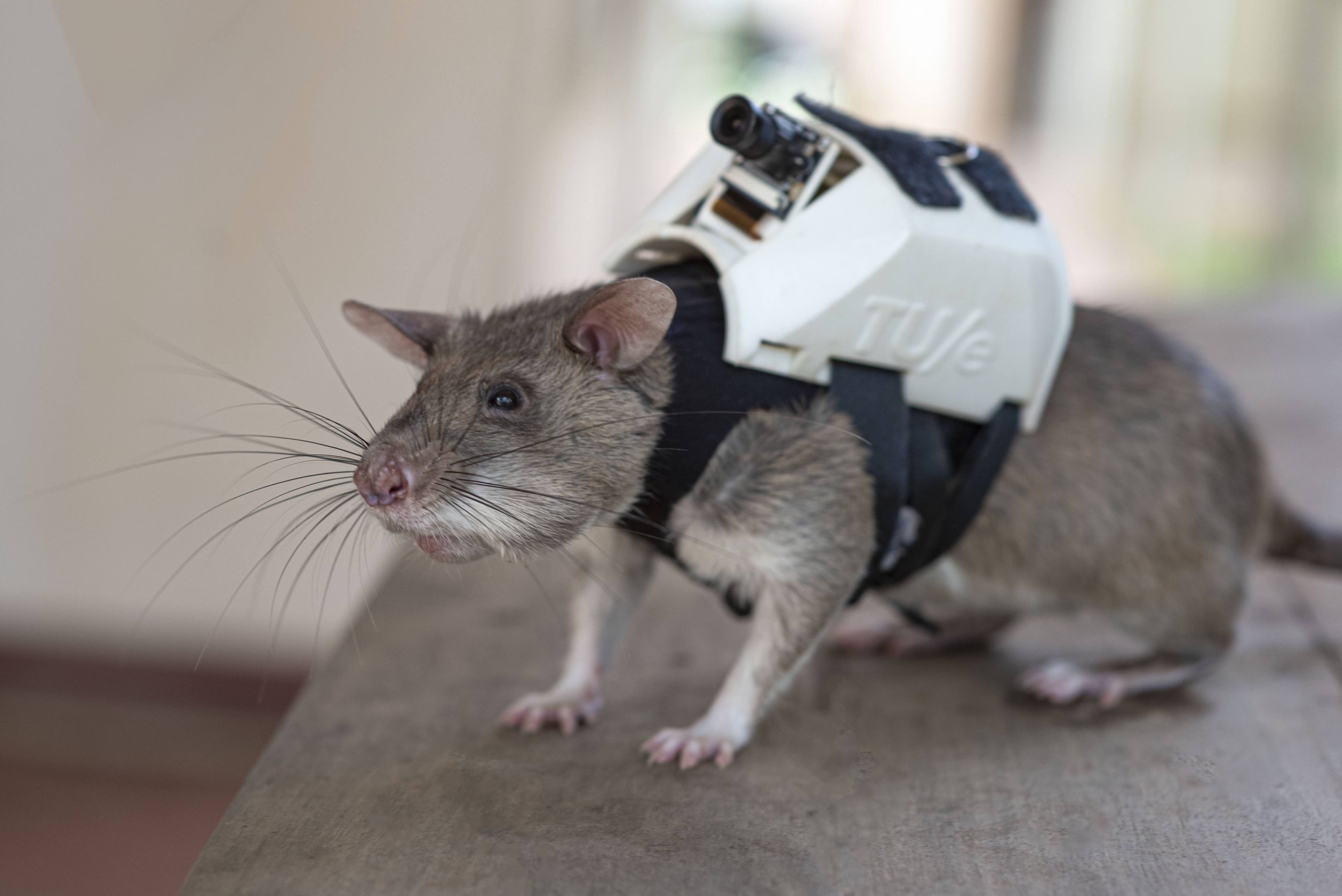Everything is Connected
Earth Day 2025
Next Tuesday, April 22, is Earth Day—a time to honor our planet’s beauty and bounty, and to renew our commitment to its protection and restoration.
Earlier this month, I had the great pleasure of hearing Dr. Jane Goodall speak in person. Being in her presence was lovely and inspiring. One of the most powerful truths she left me with is that every single one of us makes an impact on the Earth every single day, which means that it’s within our power to do something every day to make the world a better place.
In 2024—the year she turned 90—Jane spent 300 days traveling to 27 countries across six continents to spread her messages of urgency and hope. “If we lose hope,” she said, “We are doomed, for then we shall give up and fall into apathy. For the sake of our children, all children and the natural world we love, we cannot lose hope and must go on fighting to make our dreams become reality.”
Jane Goodall at the Sunset Center, Carmel—April 7, 2025
To illustrate the remarkable intelligence and capabilities of the animals we share our planet with, Jane had an assortment of stuffed animals with her on stage. One of them was an African Giant Rat. In Tanzania, she explained, these rats are trained to locate survivors in collapsed buildings, detect unexploded landmines and bombs, sniff out illegal wildlife products being smuggled from African ports, and even identify tuberculosis. Incredible!
Trained African Giant Pouched Rat
To celebrate the astonishing richness of the animal kingdom this Earth Day, I’m sharing a poem from my friend Elliot Ruchowitz-Roberts’ newest poetry collection—The Hummingbird Blesses the Day: A Bestiary—which is comprised of twenty-six poems, one for each letter of the alphabet. Every poem spotlights a different creature, showcasing the magical breadth of life on Earth, while offering reflections on what it means to be human in our shared world.
Elliot Ruchowitz-Roberts
Elliot’s powerful preface explains that he grew up in New York City, where his encounters with animals beyond household pets were limited to rats, mice, flies, mosquitoes, pigeons, ants, and cockroaches. Here are some of my favorite excerpts from his introduction:
I left cities fifty-three years ago. I have lived under redwood trees and California oak, by the ocean and in the mountains. I have, during this time, become partly feral, accepting my place, as best I can, on this amazing Earth…
From the fauna, I learn about myself and about the world I occupy. When I observe an animal, the intuition, left alone to chart its own course, will guide me to that aspect of the animal it recognizes within myself or within another, whether it be the leafcutter ant carrying a section of leaf, or the lemur flinging herself into the forest canopy, or the stunning nature of the zebra’s stripes. My work as a poet is, as Robinson Jeffers wrote, to listen ‘to nature and my own heart.’ Metaphor is at the mystical core of such discovery….
As John Muir observed: ‘Any glimpse into the life of an animal quickens our own and makes it so much larger and better in every way.’ The poems in this bestiary are celebrations of the animals, themselves, and, hopefully, celebrations of what we can learn about ourselves, our relationships, our lives, if we let intuition guide us.
It was fun to look up some of the animals Elliot wrote about, several of which I’d never heard of before, such as “unau” for U (a tree-dwelling, nocturnal two-toed sloth native to Central and South America that eats leaves, fruit, and flowers and spends most of its time hanging upside down in trees), and “Xoloitzquintli” for X—a rare, ancient breed of hairless dogs from Mexico that were considered sacred by the Aztecs, Toltecs, and Maya, who believed that they safely guided souls to the underworld.
Unau
Xoloitzquintlis
For Earth Day, I chose Elliot’s first poem—A for Ant—"Behold Now the Ant."
I will conclude by sharing the last paragraph of Elliot’s postscript, which leads into his final poem:
Yes, this bestiary is a celebration of the beauty and intelligence and abundance of the fauna with whom we should be sharing this earth. But it is also an elegy, not just to all that beauty, intelligence and abundance, but to what gives human life meaning—the softness deep inside the rat’s nest of each of us; the crow’s caaw reminding us that this is the only moment we have; the red fox hidden in each of us that travels by the stars; the beauty of the white pelican that reminds us of our own beauty; the earth’s presence that opens us to love; the hummingbird that blesses our day:
To learn more about Elliot and read some of my favorite poems he’s written, check out the three earlier blog posts assembled here.








